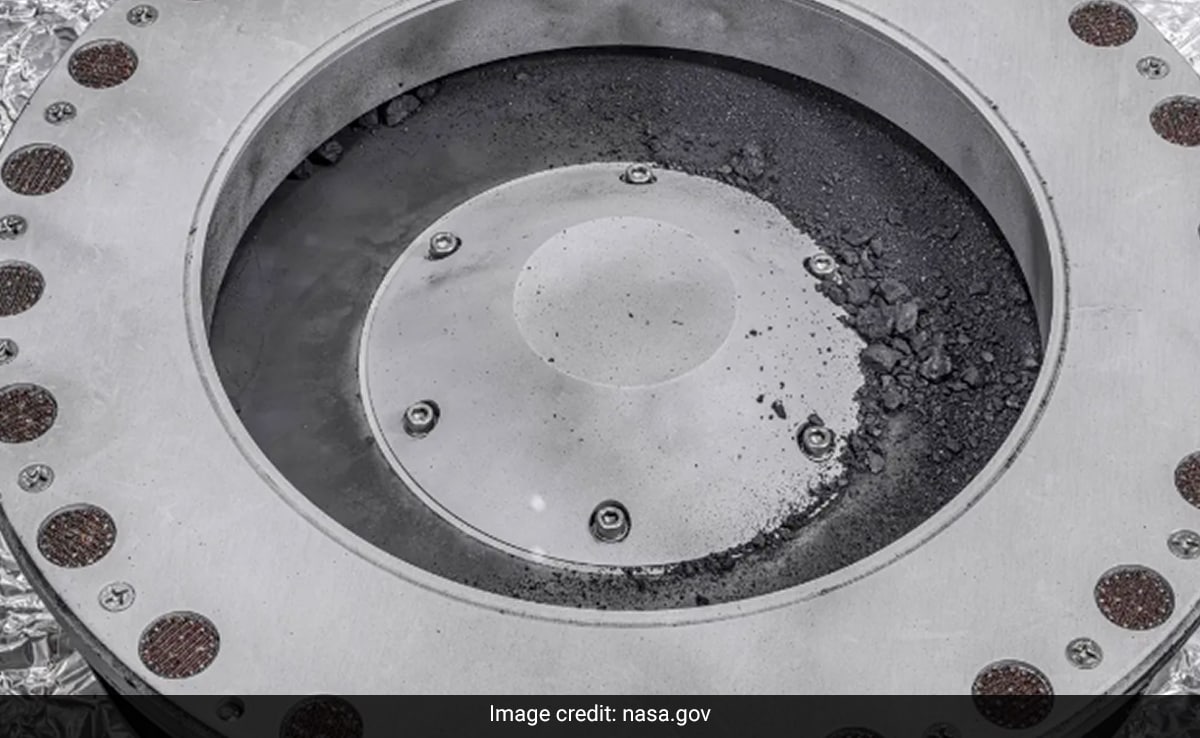Last month, a NASA capsule landed in the desert in the US state of Utah, carrying to Earth the largest asteroid samples ever collected. On October 11, NASA gave the world its first look at the asteroid Bennu sample, something scientists hope will yield clues about the earliest days of our solar system and perhaps the origins of life itself. So far, the team has removed and collected 2.48 ounces (70.3 grams) of rocks and dust from the sampler hardware. According to NASA, the samples exceed the mission’s goal of collecting 60 grams of debris from the asteroid.
There are more samples to collect, however, the teams at NASA’s Johnson Space Center (JSC) are now struggling to open the canister.
In the last week, the team for the OSIRIS-REx mission has had a hard time opening the TAGSAM head, which contained the bulk of the rocks and dust collected by the spacecraft in 2020.
”After multiple attempts at removal, the team discovered two of the 35 fasteners on the TAGSAM head could not be removed with the current tools approved for use in the OSIRIS-REx glovebox. The team has been working to develop and implement new approaches to extract the material inside the head while continuing to keep the sample safe and pristine,” NASA wrote in a blog post.
The team will now spend the next few weeks developing and practicing a new procedure to remove the remaining asteroid sample from the TAGSAM sampler head while simultaneously processing the material that was collected this week.
”All curation work on the sample – and the TAGSAM head – is performed in a specialized glovebox under a flow of nitrogen to keep it from being exposed to Earth’s atmosphere, preserving the sample’s pristine state for subsequent scientific analysis. The tools for any proposed solution to extract the remaining material from the head must be able to fit inside the glovebox and not compromise the scientific integrity of the collection, and any procedures must be consistent with the clean room’s standards,” NASA added.
OSIRIS-REx wasn’t the first mission to rendezvous with an asteroid and bring back samples for study — Japan succeeded in the feat twice, returning bits of space pebbles in 2010 and 2020.
Notably, NASA chose to sample Bennu because it is believed to be rich in organic compounds. Scientists think similar asteroids could have delivered organic building blocks to Earth along with water through collisions billions of years ago.
While it has no chance of hitting Earth through the mid 2100s, the chances rise to around 1 in 1750 between then and the year 2300, NASA said.
